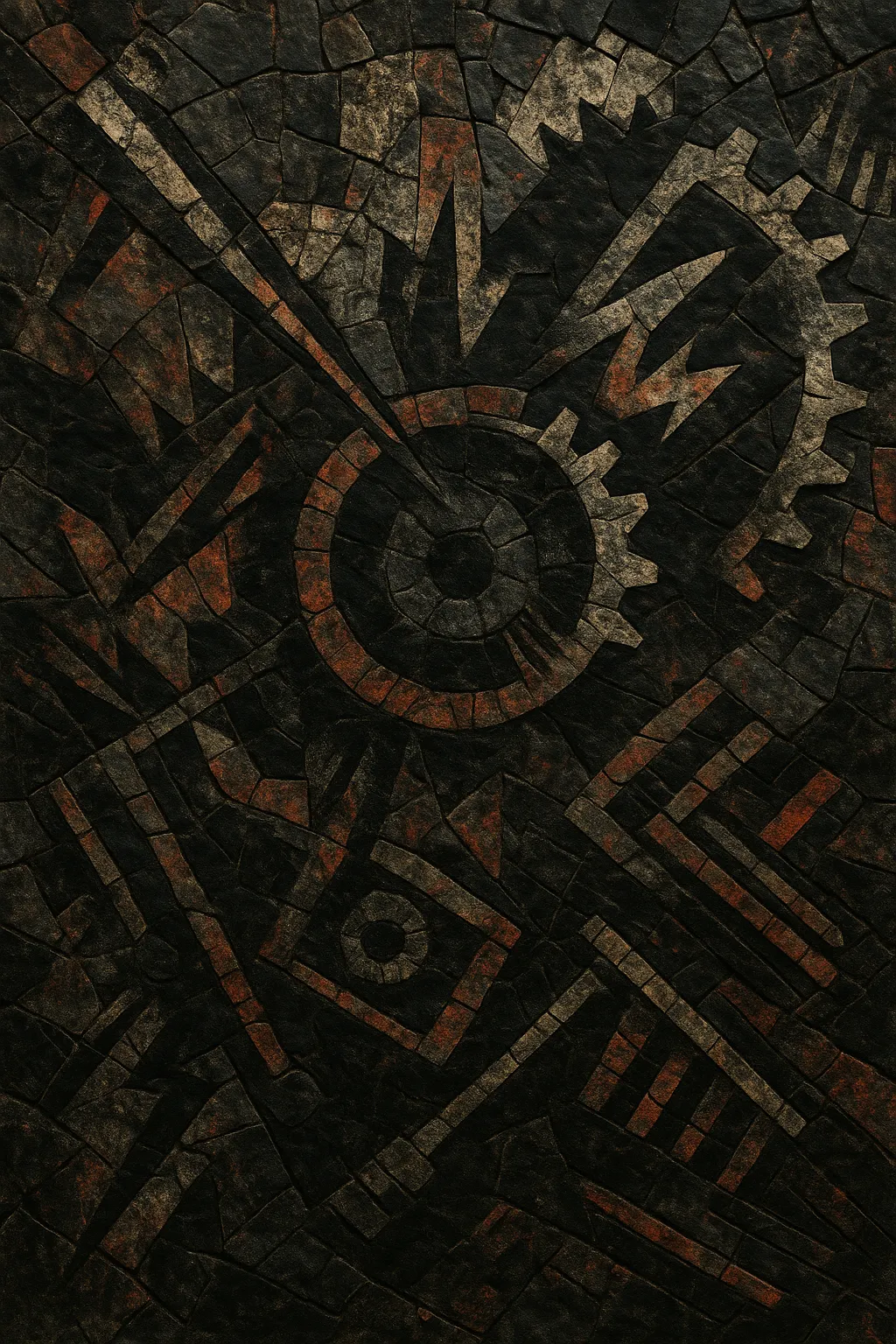Schranz is a hard, pounding strain of techno characterized by relentless four-on-the-floor kick drums, highly percussive loops, and stark, industrial textures. Tempos typically range from 135–150 BPM, with aggressive drive, clipped transients, and heavy use of saturation and compression.
The style minimizes melody and harmony in favor of rhythm, groove, and timbral intensity. Tracks are built from dense, machine-like patterns, metallic hits, and filtered noise, arranged in long, DJ-friendly structures with incremental changes and tension-building sweeps. The overall aesthetic is raw, functional, and club-focused, designed for peak-energy moments on large sound systems.
Schranz emerged in Germany in the late 1990s as DJs and producers pushed harder, more percussive interpretations of techno. The term was popularized by Chris Liebing, who used it to describe a tough, no-frills, loop-driven sound that “shreds” through a dancefloor. The sonic palette drew on industrial textures, overdriven drum machines, and the relentless pulse of hard techno.
Around the early-to-mid 2000s, schranz became a fixture in German clubs and festivals, spreading across Europe via mix CDs, white labels, and vinyl-focused DJ culture. Compilations and club nights helped codify its identity: pounding 4/4 kicks at high BPM, grinding percussion loops, and minimal melodic content. Artists associated with the wave—many from Germany but also from elsewhere—shaped a recognizable aesthetic that prioritized functional impact for peak-time sets.
Schranz tracks emphasized incremental arrangement: 16–32-bar loop development, filter sweeps, and distortion-driven dynamics. Producers favored drum machine architectures (real or emulated) and heavy bus processing to achieve dense, compressed, and gritty grooves. The music remained rooted in techno’s linear form rather than hardcore’s breakneck extremity, keeping the focus on a driving, hypnotic stomp.
By the late 2000s and 2010s, tastes diversified toward other techno strains, but schranz’s DNA—its emphasis on impact, grit, and percussive propulsion—fed into subsequent waves of hard techno and peak-time, industrial-leaning sounds. Its legacy lives on in modern hard/peak-time techno sets, where the same looping intensity and textural aggression remain central tools for dancefloor momentum.


